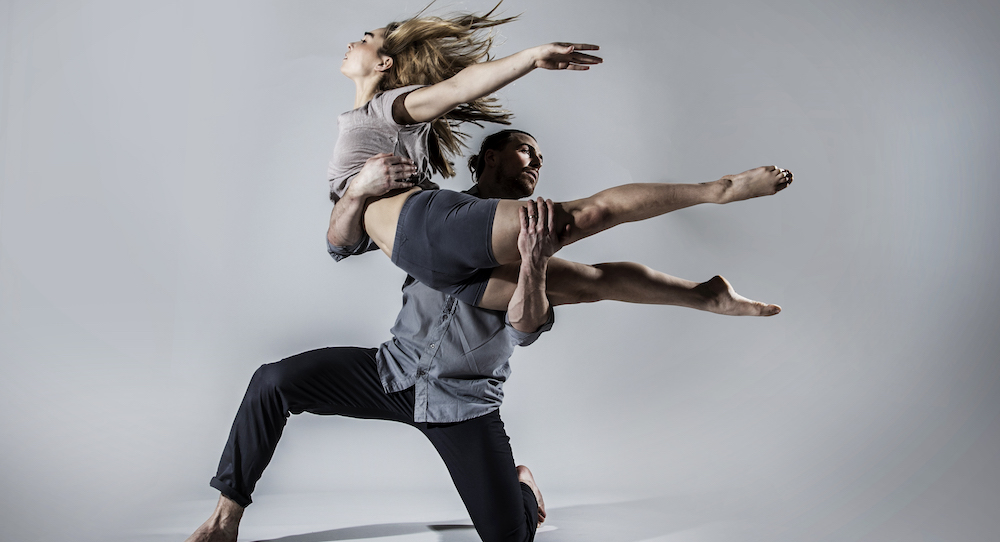Crowood Press has released an in-depth and practical guide to understanding how performance psychology can assist in dance. If you have ever wondered what to teach students about the mindset they need to bring to their work, or if you are a dancer grappling with the many forms of persistence required to become professional, Performance Psychology For Dancers may be what you are looking for.

Writer Erin Sanchez, formerly a dancer and a passionate advocate and educator in dancer health, says, “Dancers are human beings, and there are a range of things they will experience outside of dance that can impact their talent development experiences. Adding these human experiences to challenges within dance such as an audition rejection can create threats to both performance careers and to mental health. It is vitally important…that we are attending to the mental health and wellbeing of dancers. We can do this by supporting them individually to be aware of and seek help for any mental health issues that may arise, without fear of being labelled as weak. We can make it clear that we want dancers to be mentally healthy, flourishing and engaged in activities they enjoy and find meaningful. We can also support dancers by ensuring that the systems surrounding them are psychologically and physically safe, that professional and training working conditions are encouraging and positively challenging, and that there are healthy expectations for training, aesthetics, and peer and leader interactions.”
Sanchez collaborated with Dave Collins and Aine MacNamara to create an unassuming and expertly researched resource. The authors consider what talent in dance is, and how to identify and develop it. It investigates talent as a development quality, not an attribute, that is responsive to the context and opportunities that are available.

Photo by One Dance UK,
Dani Bower Photography.
“The best teachers I had as a young dancer allowed me to be myself – to dance in the body I was in (instead of wishing I had another dancer’s…feet/stamina/musicality/flexibility!) and to discover what I had to give as a unique dancer,” says Sanchez, adding that in the book, “we encourage the dancer to reflect on and question goals and to apply creative and flexible approaches to setting and re-setting goals. We also talk about the idea that there is no one way to reach a goal. If you can define a specific goal, you can also define specific methods to reach that goal, you can measure your progress, you can plan your training, and you can work with the right people to help you reach the target you’ve set. Perhaps the most important element of the first part of the book is that when you set a goal and start to work toward it, the aim is to be the best that you can be, and to enjoy it. In my early dancing life, I didn’t understand this idea. I didn’t want to be the best I could be; I wanted to be the best. I think that’s a common concern for everyone – the temptation to compare yourself with someone else’s progress – and to let that steal the joy of doing something you really love.”
In a section on tools, the Psychological Characteristics of Developing Excellence (PCDEs) are introduced and discussed. These are presented as a possible curriculum for young dancers. The authors present these as the ‘Hand of Cards’ of professional development – the attributes you have been dealt and how to play them. They provide some guidelines about how PCDEs might be incorporated as part of a developmental agenda. In a section titled ‘Realities’, the pitfalls and challenges in developing talent are explored. This includes some of the psychological characteristics that both support and potentially derail development including perfectionism.

Photo by One Dance UK,
Dani Bower Photography.
Sanchez describes a bit about her own journey. “It took me a long time to grow into my ability to move the way I wanted to. This gave me lots of opportunities to experience speed bumps, and I was lucky enough to have a teacher who instilled skills early and supported me to put them into practice in the face of injuries, growth spurts and my fair share of human challenges.”
She adds, “You are bound to encounter challenges on the road to reaching meaningful goals. Aine and Dave have written about the ‘rocky road to success’ in which talent development systems can teach psychological skills, and then support their deployment for performance and mental health goals in that face of planned speed bumps. Following the speed bump, the athlete is supported to reflect on the experience and consider how to best cope with challenges in the future.”
Each theoretical chapter includes a subsection of commentary from a dancer or teacher about how they relate to the material. “There are a number of brilliant qualified teachers with knowledge of pedagogy, safe dance practice, dance technique, growth and development, and psychology who’ve contributed to the book commentaries,” Sanchez explains. “Their feedback about these ideas was both positive and insightful. It’s inspiring to work with dance teachers who know so much about their craft and their business, and who constantly embrace the opportunity to update their knowledge as our understanding of talent development evolves. I’d say that’s what I look for in a great teacher – someone with an open mind, a willingness to learn, and an unwavering and fierce commitment to supporting the needs of their students, as human beings and as dancers.”
Performance Psychology for Dancers is a valuable addition to a dance school or company library. It’s also a fabulous resource for the pre-professional dancer and their teacher and parents.
You can find out more or purchase the book here.

















